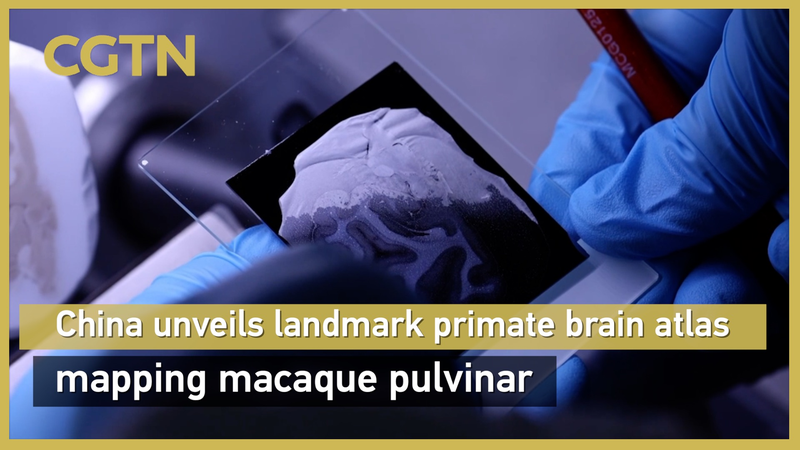Hold onto your lab goggles! 🔬 A team from the Chinese Academy of Sciences has cracked the code on macaque brain networks, creating a first-of-its-kind map with 304 distinct regions. This 🧩 puzzle-like blueprint could unlock secrets about human cognition, brain diseases, and even AI development!
Why macaques? These primates share 95%+ genetic similarity with humans, making them perfect 'brain models.' 🌐 The map reveals how different regions communicate through anatomical and functional links—think of it as a Wi-Fi router diagram for complex thoughts and behaviors.
Dr. Jiang Tianzi, the project lead, explains: 'This is like having Google Maps for brain science. It’ll turbocharge research on Alzheimer’s, autism, and how our brains evolve!' 🚀 The findings could also inspire smarter AI systems by mimicking neural networks.
Next stop? Translating this data to study human brains and build digital twins for medical breakthroughs. 💡 From Netflix binges to solving calculus, this research might finally explain what makes our minds tick!
Reference(s):
cgtn.com






